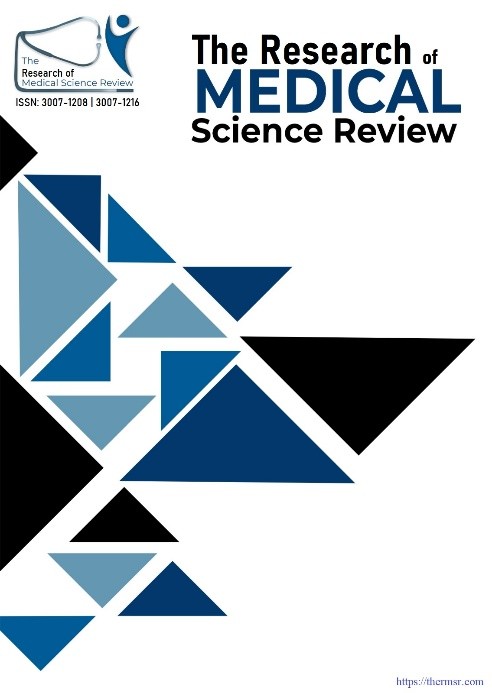CHRONOTROPIC RESPONSE TO EXERCISE AND HEART RATE RECOVERY IN YOUNG ADULTS
Main Article Content
Abstract
OBJECTIVE: The primary objectives of the study was to determine the chronotropic response to exercise and heart rate recovery in young adults.
METHODOLOGY: A descriptive cross-sectional study was conducted on 377 young healthy adults, belonging to the age range of 18-24 years. The population was recruited from the Foundation University School of Health Sciences. Screening of participants was performed using the PAR-Q+ questionnaire, while BMI, waist-hip ratio, resting blood pressure, and heart rate were measured. Warm-up was performed, followed by a 3-minute step test using a 12-inch step. Lastly, blood pressure and heart rate were recorded again after activity cessation at 1 min, 2 min, and 3 min.
RESULTS: The mean and corresponding standard deviations for heart rate, HR resting was 94.39 ± 12.55, HR peak was 139.85 ± 19.08, HR_1 min was 136.98 ± 20.12, and HR_2 min was 116.03 ± 16.30, HR_3 min 98.61 ± 12.97. Healthy young individuals showed a mean Chronotropic Index of 48.05 ± 11.25, all of the participants reported to be chronotropically incompetent, i.e., 100%. The mean heart rate recovery of the total sample was 27.72 ± 11.60. About 260 participants reported normal heart rate recovery, i.e., 69%, and 117 showed abnormal heart rate recovery, i.e., 31%, respectively.
CONCLUSION: The results of the current study concluded that the heart rate recovery of young, healthy adults during 3-minute step testing was found to be normal in the majority of participants, whereas the chronotropic response of all participants was found to be incompetent.
Downloads
Article Details
Section

This work is licensed under a Creative Commons Attribution-NonCommercial-NoDerivatives 4.0 International License.
